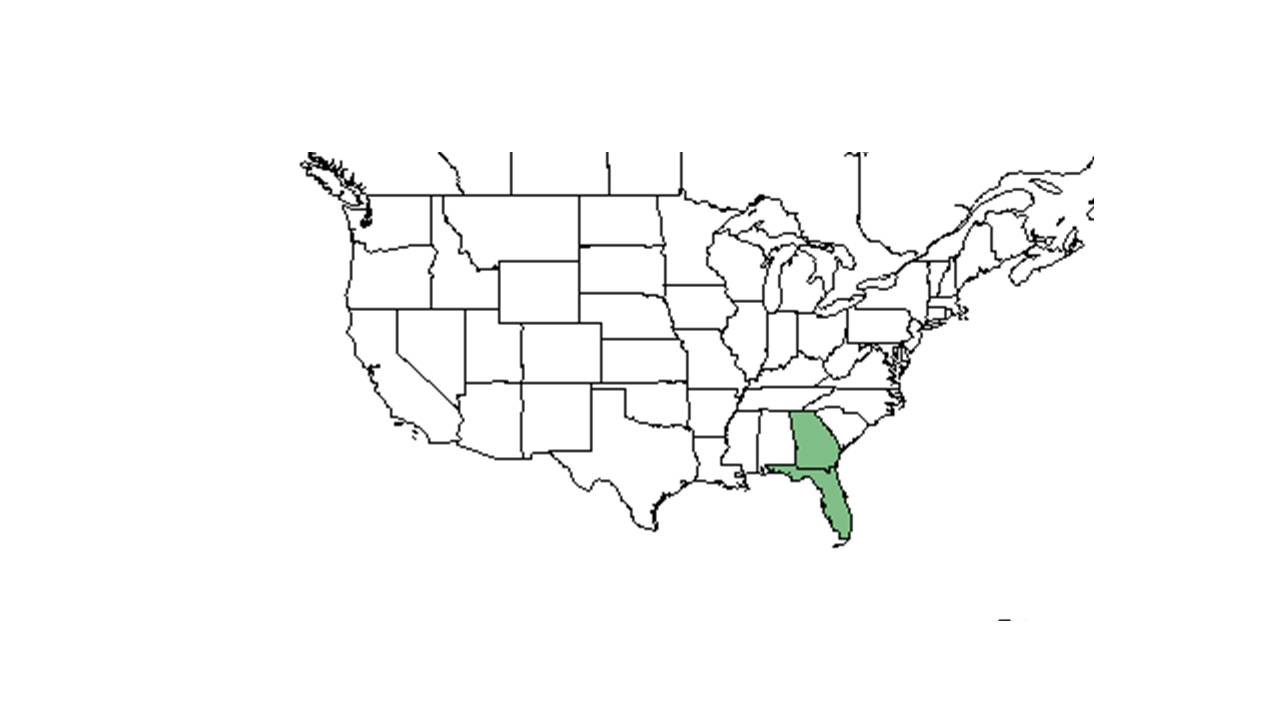Difference between revisions of "Ageratina jucunda"
(→Description) |
|||
| Line 19: | Line 19: | ||
==Description== | ==Description== | ||
<!-- Basic life history facts such as annual/perrenial, monoecious/dioecious, root morphology, seed type, etc. --> | <!-- Basic life history facts such as annual/perrenial, monoecious/dioecious, root morphology, seed type, etc. --> | ||
| − | Common | + | Common names: Hammock snakeroot; Small leaf Thoroughwort |
| + | |||
| + | Synonym names: ''Eupatorium jucundum'' Greene | ||
| + | |||
| + | Is a perennial (Hall 1993). Is common in all of Florida; flowers from fall to winter (Hall 1993). | ||
==Distribution== | ==Distribution== | ||
Revision as of 16:57, 29 June 2015
| Ageratina jucunda | |
|---|---|
Error creating thumbnail: Unable to save thumbnail to destination
| |
| Scientific classification | |
| Kingdom: | Plantae |
| Division: | Magnoliophyta - Flowering plants |
| Class: | Magnoliopsida - Dicotyledons |
| Order: | Asterales |
| Family: | Asteraceae ⁄ Compositae |
| Genus: | Ageratina |
| Species: | A. jucunda |
| Binomial name | |
| Ageratina jucunda (Greene) Clewell & Woot. | |

| |
| Natural range of Ageratina jucunda from USDA NRCS Plants Database. | |
Contents
Description
Common names: Hammock snakeroot; Small leaf Thoroughwort
Synonym names: Eupatorium jucundum Greene
Is a perennial (Hall 1993). Is common in all of Florida; flowers from fall to winter (Hall 1993).
Distribution
Ageratina jucunda is endemic to the southeastern United States, only known to occur in Florida and a few counties in Georgia. [1]
Ecology
Habitat
Sand pine scrub, longleafpine-turkey oak sand ridges, pine-palmetto, live-oak woods, hammocks, dunes, roadsides, old fields, stream banks, dry flatwoods.[2] It is xeric to dry-mesic habitats, including sand pine scrub, longleaf pine-turkey oak. It can also occur along roadsides, in abandoned fields where such habitats used to occur. Ageratina jucunda becomes threatened by habitat loss and fire suppression.[1]
Phenology
Seed dispersal
Seed bank and germination
Fire ecology
Long-term fire management important for survival. [1]
Pollination
Use by animals
Stephanie Sanchez observed a Malachite butterfly feeding on a snakeroot flower.[4]
Diseases and parasites
Conservation and Management
Cultivation and restoration
Photo Gallery
References and notes
- ↑ 1.0 1.1 1.2 Natureserve http://www.natureserve.org/, accessed 15 May 2015.
- ↑ 2.0 2.1 Flora of North America http://floranorthamerica.org/, accessed 15 May 2015.
- ↑ USDA NRCS National Plant Data team http://plants.usda.gov/java/,accessed 15 May 2015.
- ↑ http://butterflies.heuristron.net/plants/ageratinaJucunda.html, accessed 15 May 2015).